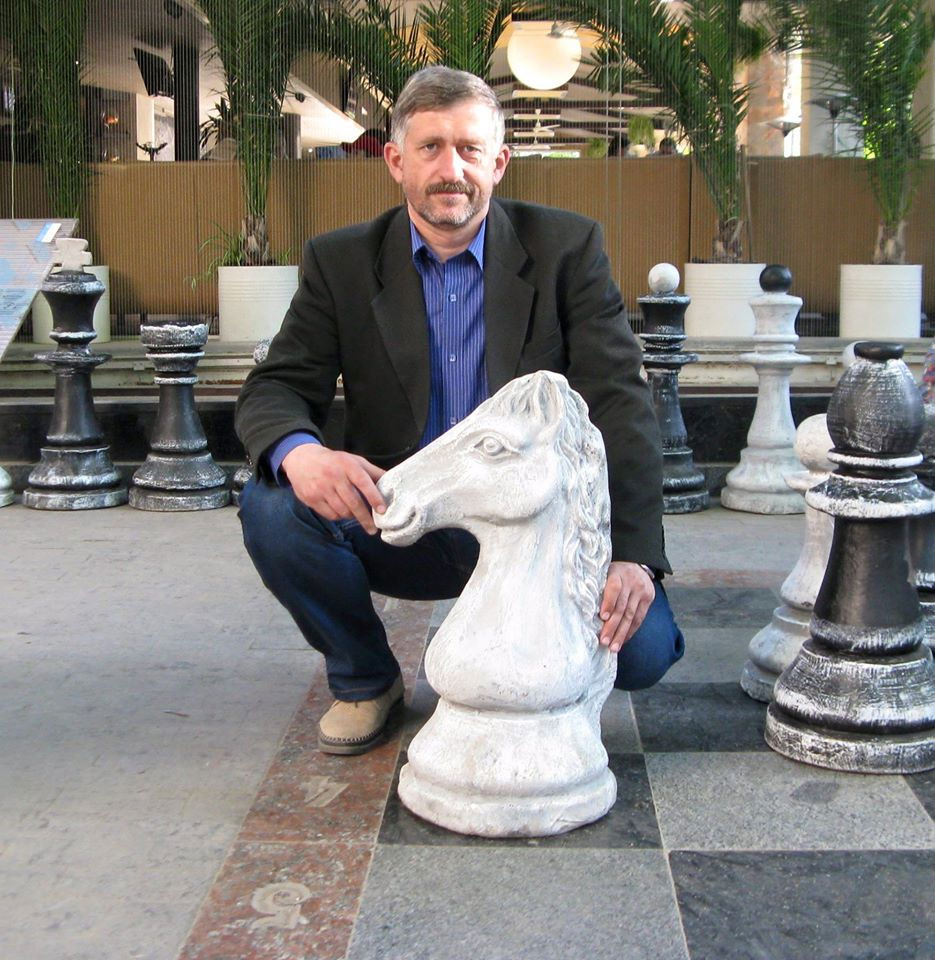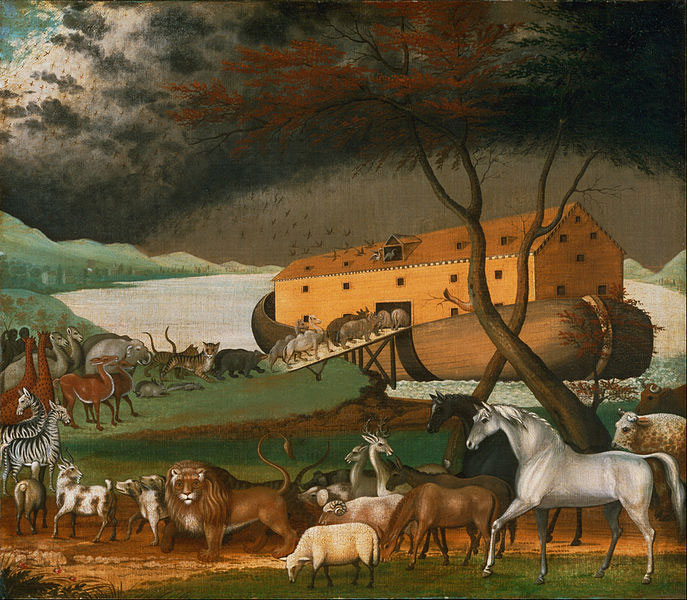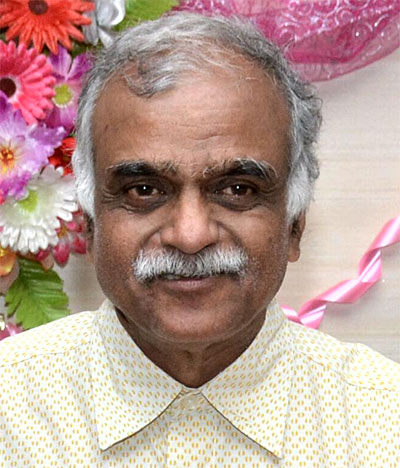.jpeg)

.jpeg)
It is a paradox that art finds its finest expression in catastrophes like war, plague and pestilence. It’s an affirmation of the human spirit in adversity. Some times it’s an anguished cry of the soul and at other times it’s a voice of hope and courage. In these days of pandemic we chess players try to retain our sanity even as we try and see how we can reach out to others in distress.
Vladislav Tarasiuk (1968-) is a medical specialist in Kharkov, Ukraine. He has been serving as an immunologist in a diagnostics laboratory since 1992. In the main, his work involves tests and analyses identifying different diseases. However, life has changed in these two months altogether. When I asked him, “How?” he put it simply, “I have been in this fight against the pandemic since it started.”
 Who is Tarasiuk and what is his connection with chess? Some may wonder. Connoisseurs of chess art will tell you, he is a composer with more than 300 endgame studies to his credit. A number of them have won prizes in prestigious contests. Last year he won the Gold medal in FIDE World Cup for Composing Endgame Studies. This year also he has won prizes. The saga continues.
Who is Tarasiuk and what is his connection with chess? Some may wonder. Connoisseurs of chess art will tell you, he is a composer with more than 300 endgame studies to his credit. A number of them have won prizes in prestigious contests. Last year he won the Gold medal in FIDE World Cup for Composing Endgame Studies. This year also he has won prizes. The saga continues.
Tarasiuk was drawn to chess composition when he was very young. First, he started with problems and then moved over to endgame studies. He was 17 when he published his first study in 1985. Now he is past 50 and amidst his busy life he still finds time to compose works of art.
Last month he came up with a new offering and gave it the picturesque name, “Noah’s Ark” based on the Biblical theme.

Art by late Edward Hicks (1780-1849), an American painter | Wikimedia
Before we see Tarasiuk’s own “Noah’s Ark”, let us hear from his own lips how it all came about. “A little over a year ago, I was attracted by the idea of building a fortress round the king with all available pieces walling up together and ensuring his safety. Soon I composed the following study."
In the above White has three pieces for the queen. However, both his knight and the promising g-pawn are under threat. As for Black, he has his own pawn racing to queen on the h-file. So what would you do?
Did you find the solution? If yes, congrats. If not, here is a little hint. Remember the gallant medieval knights who would think nothing short of giving up their lives for the monarch. Now you know what to do!
Buoyed up by the success of his work above, Tarasiuk decided to do even better. He created a study that looks a bit crazy.
In the following position both the White king and the Black queen are imprisoned.. However, it is White who is in great danger. The Black king is going to capture the g-pawn on the next move and single-handedly release his entire army from captivity. Bravo! But what should White do? Should his monarch remain in splendid isolation or should his loyal lieutenants start a counterattack?
Did you have success with this one? If so, you are a pro! You should join those WFCC solving competitions. If not, you are in good company. “What kind of problem is this?” complained my friend, Max, “I tried to chase the king with a knight check and he gobbled up my pawn. Now he is mobilising the whole army…”
When you see the solution at the end of the article, it looks beautiful. In the final position White has three different pieces, rook, knight and bishop tied up head and foot. No one can move. Tarasiuk should have been happy to see the fulfilment of his dream. Then he noticed something terrible:
"To my regret, I saw, the initial position of the study was illegal. As retrograde analysis showed, it could not have arisen from the initial position of an actual game. I had to start all over again searching for a new scheme on this theme.”
"At the beginning of this year I tasted success and managed to realize the idea of walling up three pieces. It seemed fantastic then. Now I have made a sketch with five (!) pieces. I draw a parallel between the theme of this study and the current situation in the world. With a vast and powerful army White could still have lost. However, teamwork of all the pieces together led to salvation in the end. If we emulate their example in real life, we will also defeat this virus! Believe me, it will happen. I dedicate this composition to doctors and all the people who are fighting against the pandemic. What else would I do? I am a medical professional myself.”
An extraordinary position! White has a queen, two rooks and two bishops, and yet he is a “helpless” against the black king, bishop and the two pawns. There is no way of stopping Black from queening. So what can help White? Your move!

 The author
The author
Prof. Nagesh Havanur (otherwise known as chessbibliophile) is a senior academic and research scholar. He taught English in Mumbai for three decades and has now settled in Bangalore, India. His interests include chess history, biography and opening theory. He has been writing on the Royal Game for nearly three decades. His articles and reviews have appeared on several web sites and magazines.